A month or so ago my colleague mentioned that we where considering sending someone over to San Francisco to get to know the Mapbox-stack even better. I think I spent two seconds thinking before I said something like “Going to San Francisco to visit Mapbox? Can I join?” And, as it turned out my schedule and area of knowledge seemed to be a good match, so I booked tickets together with my other colleague that would be coming along. Seriously, a week in SF, with it’s great vibe, superb beers and spending time with one of the most innovative Geo-players? It’s perfect! What could be better?
Well, as events turned out, I found myself in Copenhagen the weekend before my flight to SF, visiting a friend together with my girlfriend. As I left Norway friday afternoon i wrote a Tweet, proclaiming I was exited to be visiting Copenhagen and SF in one go. Then Asger Pedersen from the danish geo-geek company Septima suggested we’d meet up for some beers. I wasn’t really sure I had the time, but along the weekend we agreed to meet up. Well, before that there was beers to be had. On Saturday we headed down to Kødbyen to check out Mikkeller and Three Floyds’ new brewpub: Warpigs. This place opened the day before we visited, and with it being a really sunny and warm day in Copenhagen, the place was packed. Danish alcohol laws are fortunately relatively permissive, so we found ourselves sitting on the pavement outside drinking our beers. Which where great by the way!.
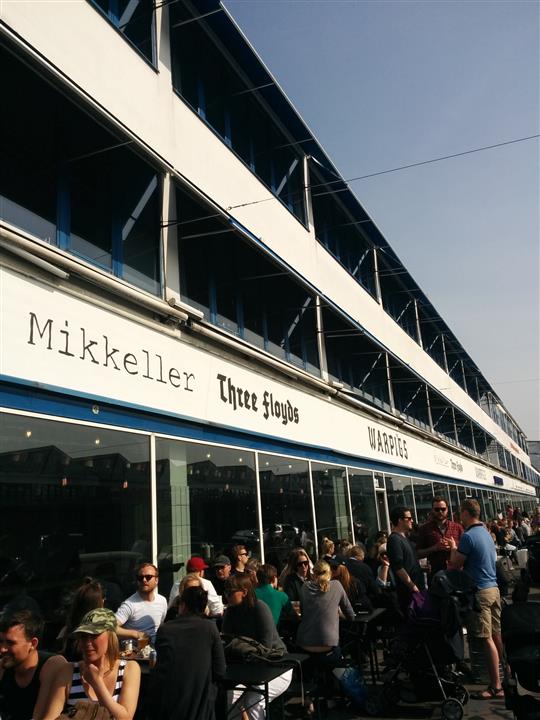
Warpigs
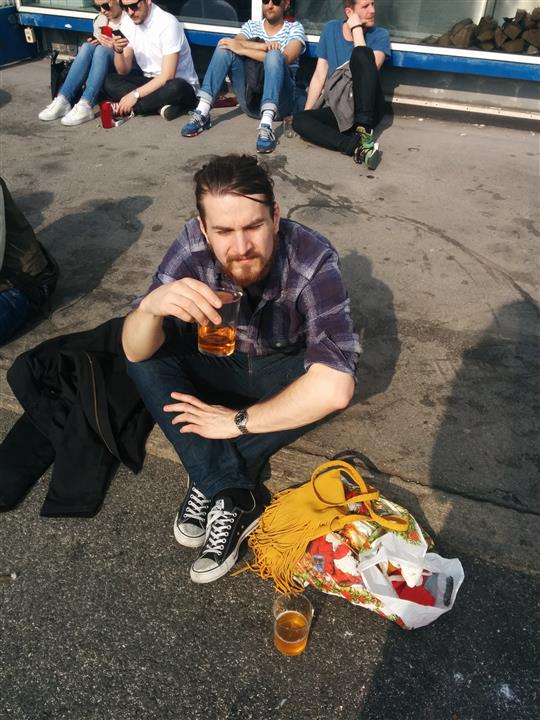
The place itself is also really cool, nothing like the “classy” “high-end” feel of the Mikkeller Bars. There was also an outdoors market going on in Kødbyen this Saturday, making the afternoon really pleasant. Great beers, good food and lots of people. We rounded off by a trip to Fermentoren, a couple of blocks away from Warpigs, before we hit our bikes, and went home for a bit of relaxation and then out for dinner, followed by a visit to Mikkeller and Friends, which was packed and not that great of an experience compared to the last time I visited. The day ended in our friends apartment, emptying his refrigerator of the beers I had bought at Kioskh earlier that day.
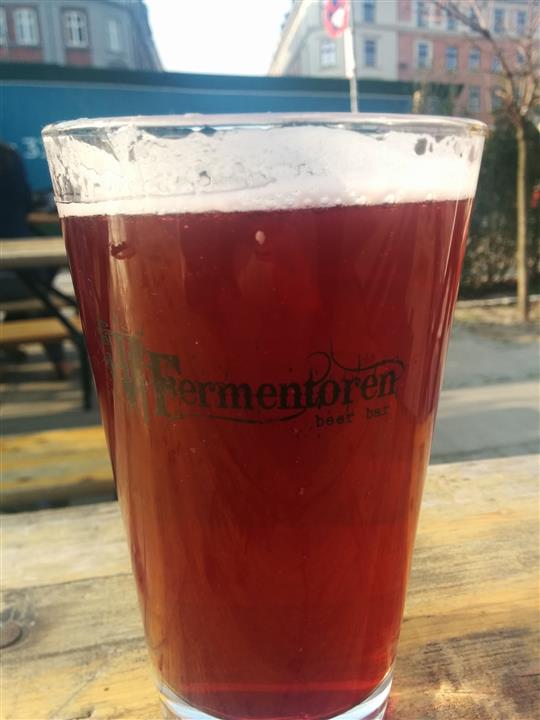
Fermentoren
This amount of beers meant that Sunday was a bit of a challenge, but I had agreed with Asger to meet him at Taphouse at four PM. A bit tired I still biked down there and after a couple of beers a guy said “I presume you are Atle?” This turned out to be Martin from Septima, and during the next ten minutes Asger and Gregers (also Septima) showed up. Taphouse is a great place, 60 taps going, but I’m “afraid” we spent our 3 hours there talking so much that I didn’t really put all that effort into actually tasting and analyzing the beers. A bit empty place on a Sunday, but we had great fun. Seems like we have a lot in common, and for me this set the standard for what I expected SF to be: meeting people that are deeply passionate about Geo, chatting with them on various topics and really having a great time. I had to leave after some hours, but as Septimas office was just a 5 minute walk from Taphouse, I was invited to take a look. Really a cool office, in what used to be the offices of a record company.
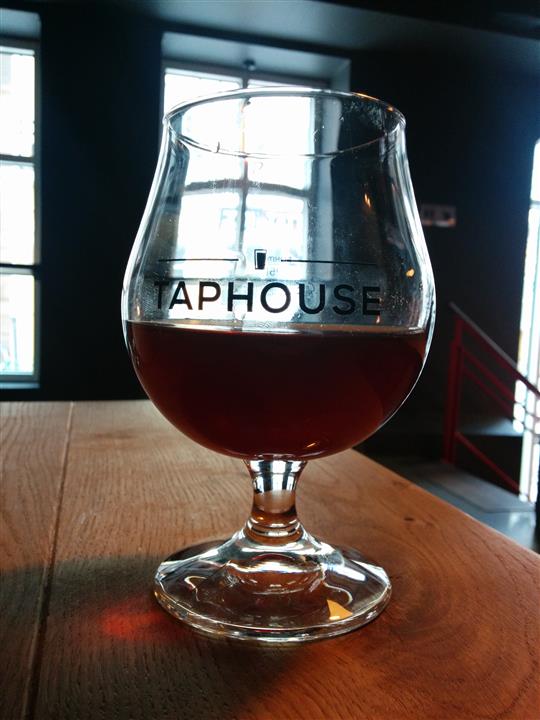
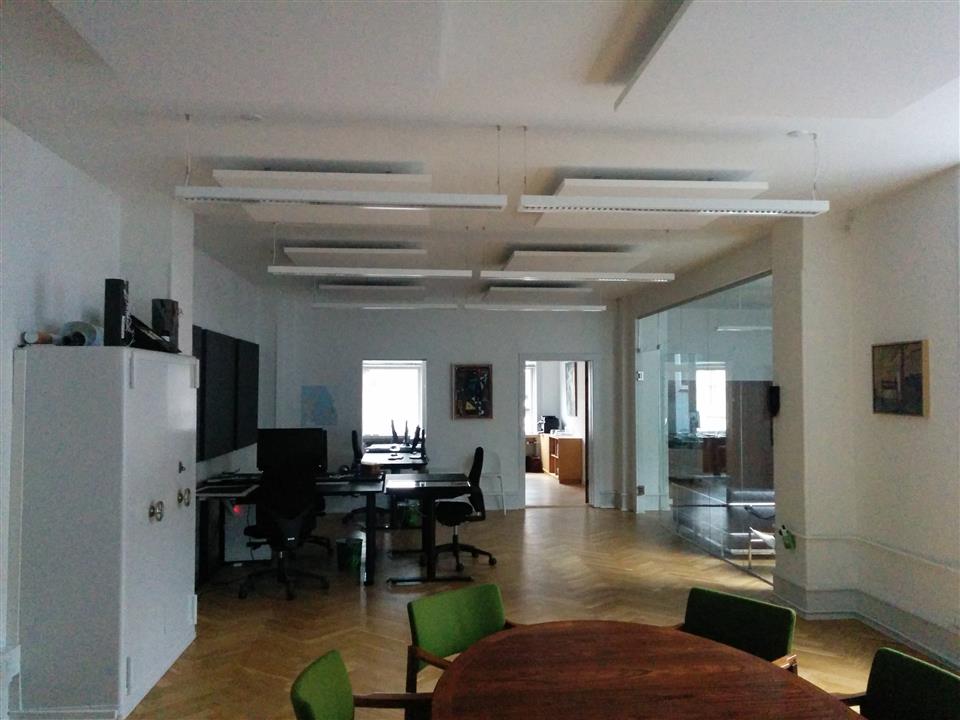
Septima Offices
This pretty much completed the Copenhagen-part of my trip, lots of great beers, and good company. I really hope I’m able to visit Septima again, wether it’s on business or just a friendly chat. The next day I took the Metro to Kastrup, met my colleague Keino and got on the plane to SFO, 11 hours really let’s you focus on your book, and I’m really making progress on “Wheel of Time”. When we landed in SFO it was 15.00 local time, 24.00 Norwegian time, and with no sleep on the plane we where a bit tired. We managed to find a taxi to our “Loft” in South of Market (SoMa), rented through AirBnB. Great location, enough space, but we struggled a bit to get the WiFi working, gotta meet the basic needs of living. We found out quickly that the baseball season opened this day, and with the stadium being located 3 blocks away the streets where crowded. We found a place to grab some food and a couple of beers, but nothing much to write home about. On the way back we bought some beers, but after drinking one in the apartment, it was 20.00, and we where dead tired.
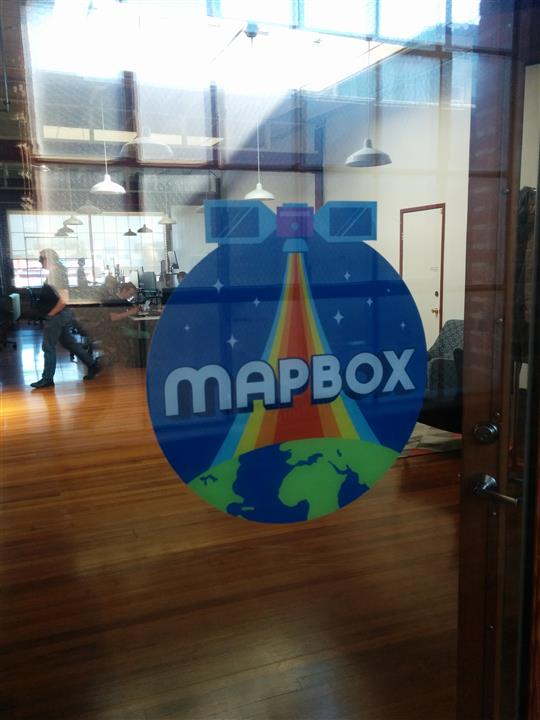
The next day we had an appointment with Paul from Mapbox at 10.30, so we set out for a 30-ish minute walk to their office, stopping for breakfast at a really American diner, BLT and coffee started the day. When we arrived at the Mapbox SF office, located in an old storage house, we where met by Paul and Matt, and after a quick introduction we got down to business; i.e. being given presentations on several aspects of the Mapbox technology stack by various key persons involved in making those. We had a chance to ask a lot of questions and really got a feel for what’s possible to do with their stack! After lunch, a great sandwich bought at a new mall in the Twitter HQ on Market street, we went back to their office, and blended in in their open-floor working area. Sitting in a sofa in SoMa, drinking a Lagunitas IPA while working on vector tiles I really felt at home. It was great having the Mapbox people available for questions, and their open-space office really did work much better than any such I’ve worked in in Norway. At around 19.00, Paul and Matt took us to the AT&T stadium for a baseball-match. We went there in “an Uber”, great taxi-service which I’ll get back to. Anyways, Paul and Matt tried their best to explain the rules of the game to us, bought us beers and really proper American fast food. I’m not really that into sports, and baseball is complicated, but the stadium had a great view, and we spent 3-4 hours talking about this and that, much like the atmosphere I was hoping for when I was in Copenhagen with Septima!
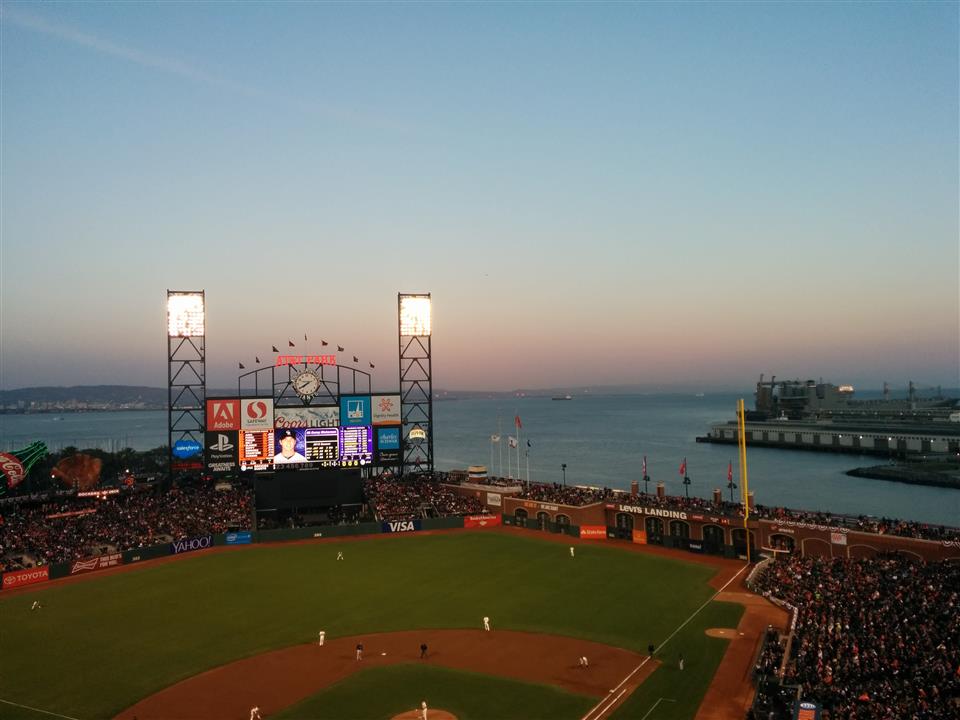
The game ended, SF Giants lost and Keino and I went for a couple of more beers at a nearby sports bar before heading home, still a bit jet lagged. The Wednesday was spent much in the same manner as the Tuesday, a session of presentations on various parts of the Mapbox stack before lunch (at a great Japanese place, they had lovely Ramen!) At lunch Mapbox CEO Eric Gundersen joined us, and while I guess we’ll cover the usage of Mapbox technology at Norkart in a blog post at our companys blog, what Mapbox is doing is really interesting and we are seeing some great opportunities here! Post-lunch was spent coding some more, we did a climb up to the roof of their office for a beer, and then presented what we had been working on. Great being able to show what we got up and running in relatively short time, and getting the proper channels for feedback and questions.
These two days concluded the bulk of the geo-part of the trip, although we spent half the day on both Thursday and Friday in the “Loft”, coding and updating our colleagues back home. After the “show and tell” session at Mapbox Wednesday evening we headed over to Zeitgeist, a really cool place with an impressive tap list! Still, our clocks wasn’t all that aligned with SF time, and combined with lots of impressions and a number of beers we took a taxi home at a reasonable time.
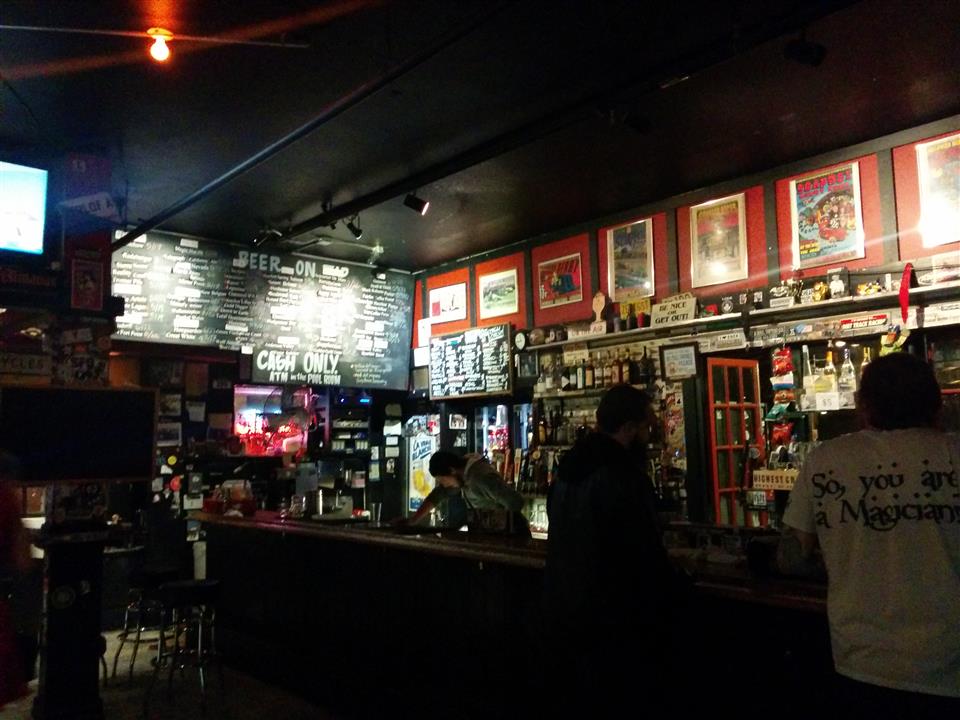
Zeitgeist
Thursday afternoon we decided to be a bit touristy, we walked up to Little Italy, an Anchor Steam, an ok pizza, then Lombard street up to Russian Hill. On our way back we stopped by Rogue Public House, another place I’ve visited before. Not the best beer place in town, but they do have a rather impressive beer lineup. On our way back we stopped by 21st Amendment brewery in SoMa, a new place for me. I really liked this place, great atmosphere and good beers.
After concluding our work on Friday my colleague wanted to do some shopping, and so did I! I went almost straight to City Beer Store, centrally located in SoMa. This is a bottle shop with an impressive range, as well as 10-ish taps. I had 3-4 beers here and bought enough bottles to fill my suitcase, and got a tip about Cellarmaker, a microbrewery just 3 blocks away. Small place, crowded, but I found a place at the bar and had a couple of beers. Impressive stuff! I realized I had to hook up with my colleague again, so i bought a 1 liter growler of one of their beers, which we shared in the “loft”.
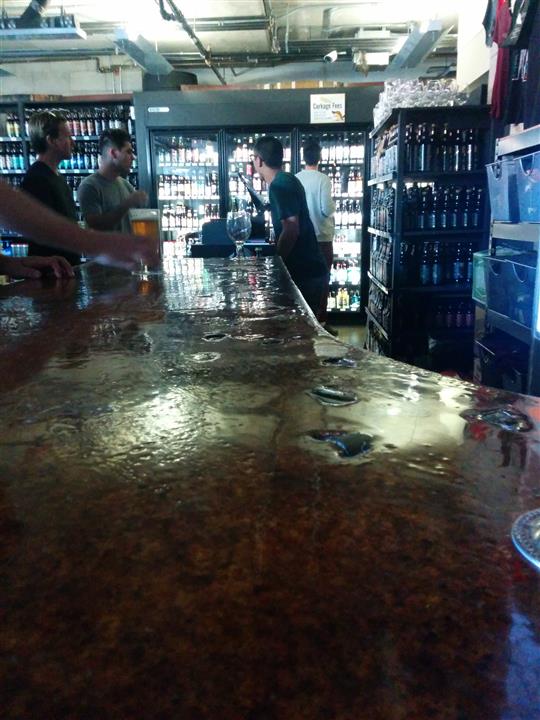
City Beer Store
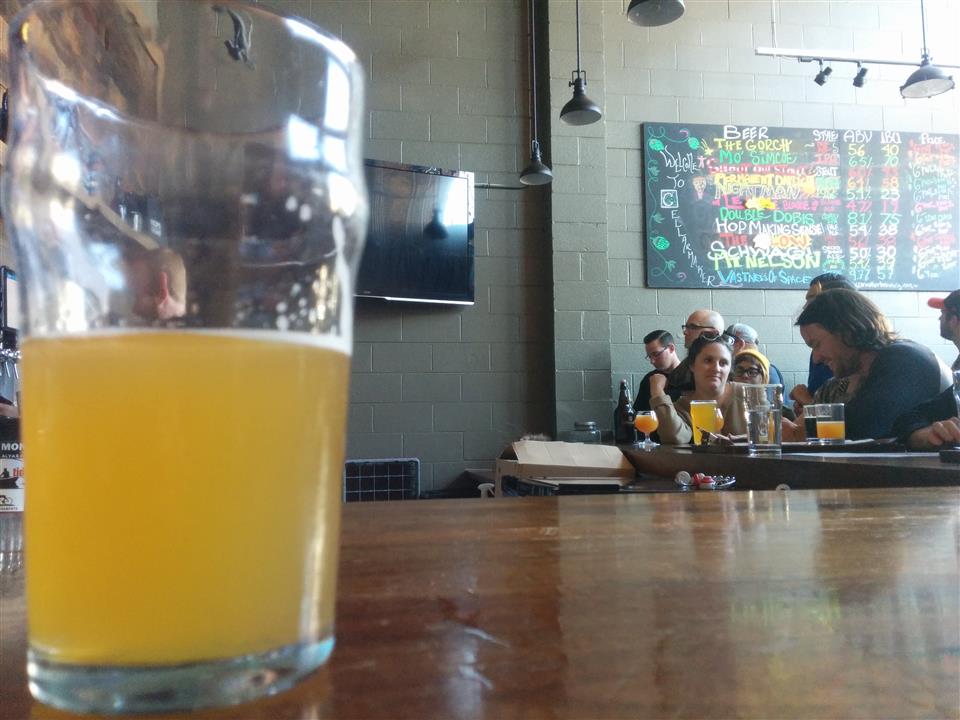
Cellarmaker
We had gotten some restaurant-recommendations from the Mapbox-guys, so we sett off to Lolinda (“If you guys are interested in some great Argentine food and a very cool interior design”). This was a bit far from us, so we decided to test Uber, the taxi app the half the city seemed to be using. Did it work? Absolutely! Within 2 minutes we where hooked up with a driver and on our way. Lolinda was what I guess you would expect, a crowded, noisy place, but great beers and coctails (finished the meal with a Manhattan, that was the only non-beer alcohol I drank throughout the trip I think!).
My colleague had an early flight back home on Saturday, so we took an Uber back, and I went to Safeways and bought 4 beers, 1 bag of chips and and the latest issue of Cosmopolitan. Great combo? However, After a couple of beers I fell asleep as well. Saturday the 18th was my birthday, and I had to relocate to another hotel (Hotel Boheme) in Little Italy. To fight off the hangover I decided to walk, but the topography of SF means that there is no such thing as “Manhattan distance”, so I ended up walking up and down a lot, through crowded streets in Chinatown. An expirience, absolutely!
When I finally got to the hotel I had one goal: find the really great sandwich shop I visited the last time I was in SF: Google knew that place: Freddie’s Sandwiches. As they don’t have any tables, I had my BLT in Washington Square park, in lovely weather.
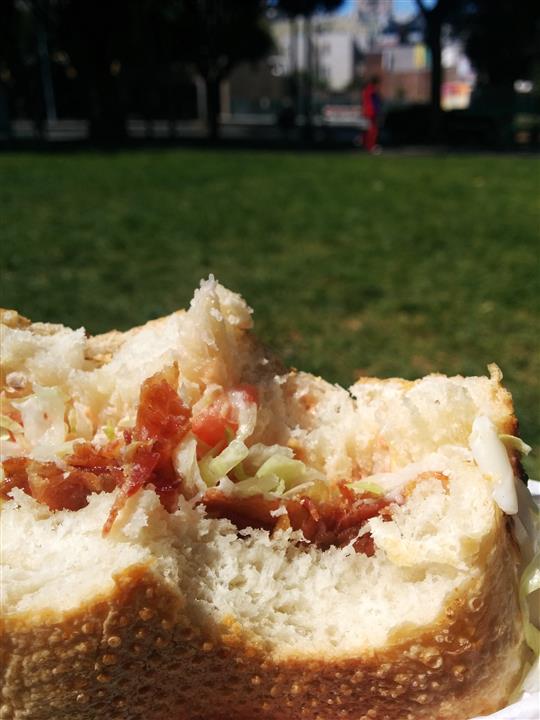
I’m guessing that all I really wanted was for the clock to turn “beer o clock”, and around 15.00 I got an Uber to Toronado, a really great bar in Lower Haight. Kinda loud, lots of hoppy beers (including “Pliny”). Beeing Saturday the place was crowded, but there are benefits to drinking alone: I managed to squeeze in at the bar, and after a couple of beers I even talked to people! I was recommended the burrito place and the sausage place next door, but couldn’t decide, so ended up with both. After two large meals and 5-6 beers I felt like I needed to do something else, so I decided to head back to the hotel (around 18.00). The trip back became a long one, as my co-passenger was really indecisive, but the driver was a nice guy. End of story: when I got back I felt like another beer! There was a place 4-5 blocks away that looked promising on ratebeer: La Trappe Cafe. Really the opposite of Toronado, a rather quiet place in a cellar, focusing on Belgian imports, but they had some american sours as well. I spent a good three hours here as well. Not the star beer place in the city, but worth a visit.
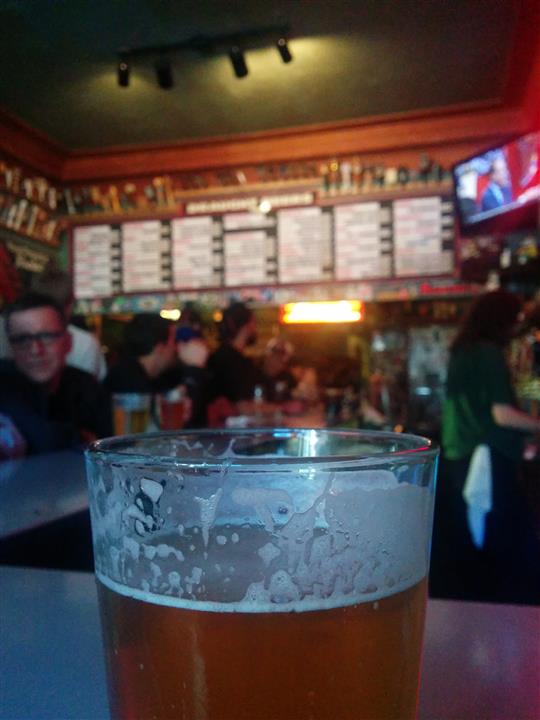
Toronado
Sunday I woke rather early and felt sorry for myself. Hungover, 31 years old and with a 10 hour flight 10 hours away. What to do? Google “best hamburger SF”, and go to Mo’s Grill. There was actually a line at 10.00, but after I while I realized that there was free seating at the bar, so i set down, got a coffe and ordered a “Burger with Sharp Cheddar Cheese, topped with Smoked Ham, melted Swiss Cheese, and Chipotle Mayonnaise” wow! afterwards I found a small cafe and sat utside for several hours reading, but then it got cold and I didn’t want more coffe, so I went back to Rogue and asked for a “sessionable beer”. What I ended up with: “brutal IPA” at 6% ABV(!). After the beer I walked arund some more, before the transport to the airport. That’s probably not that interesting, but I did get to try the “Mikkeller Sky High Wit” on the plane back!
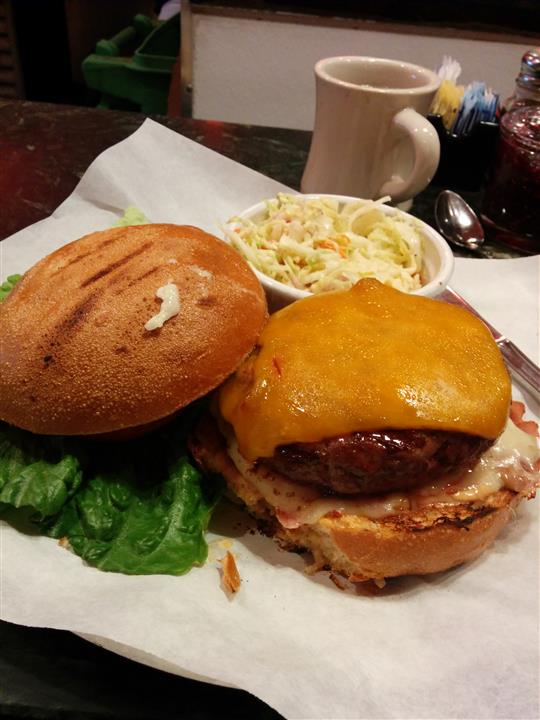
So, now I’m sitting at Kastrup, thinking that I’ll go easy on the beer drinking for some days  Had a really good time, I’m super happy with having an employer that sends me to San Francisco to do stuff like this!
Had a really good time, I’m super happy with having an employer that sends me to San Francisco to do stuff like this!

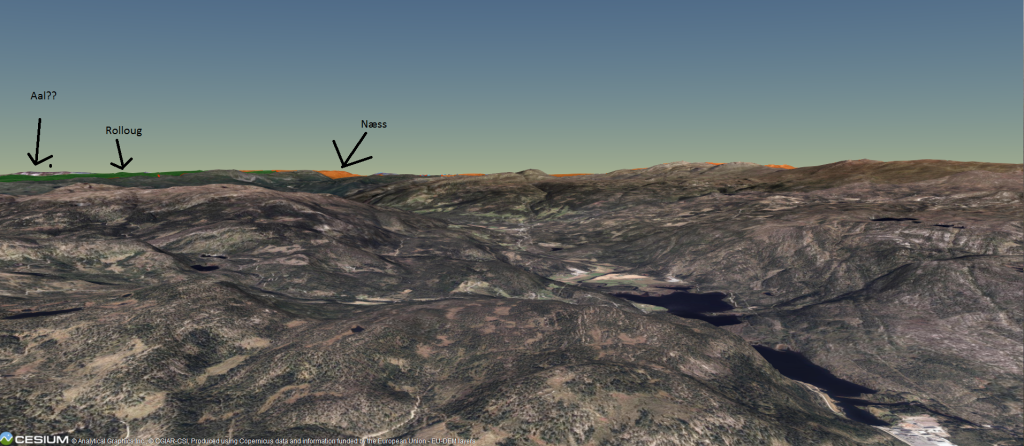
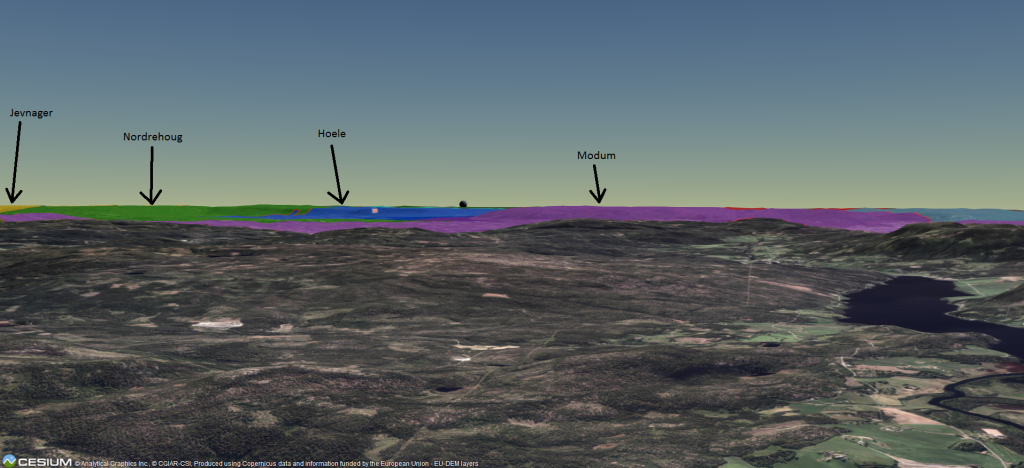
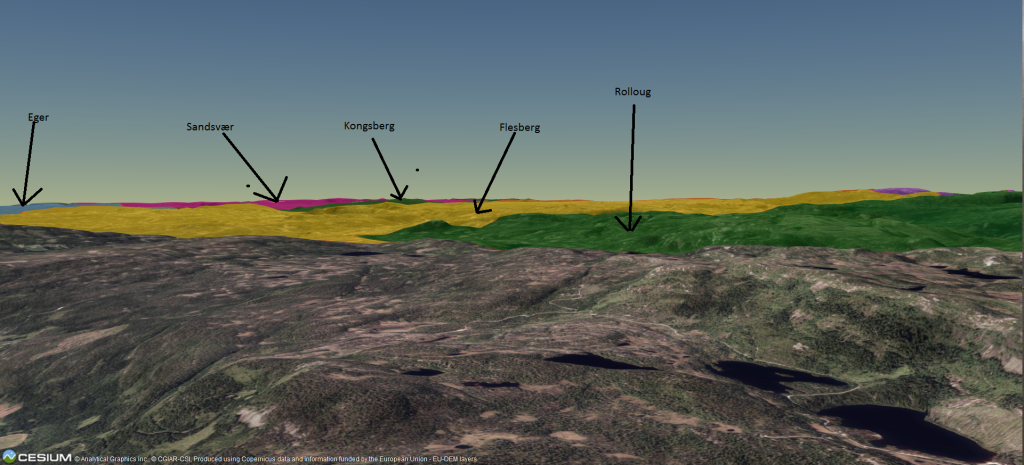
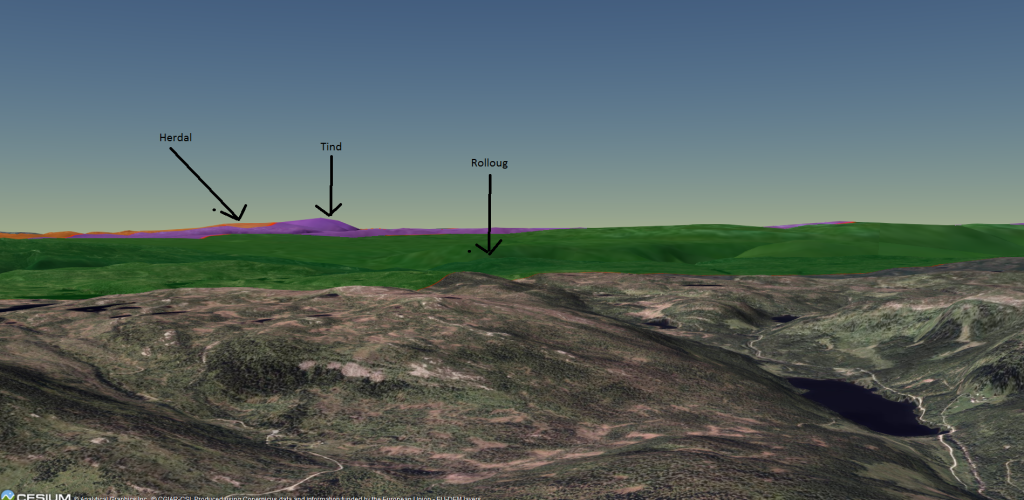













 Had a really good time, I’m super happy with having an employer that sends me to San Francisco to do stuff like this!
Had a really good time, I’m super happy with having an employer that sends me to San Francisco to do stuff like this!